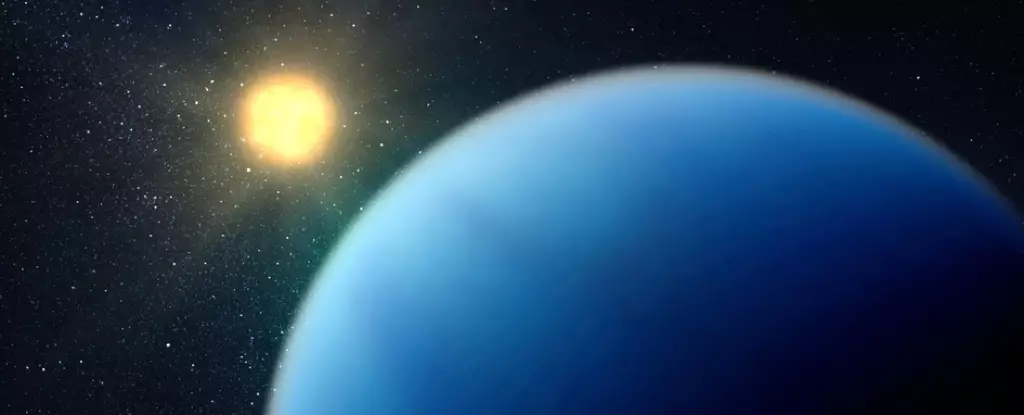

For years, NASA scientists have been captivated by a perplexing anomaly – a group of planets in the universe that appear to be shrinking. As exoplanet exploration continues to shed light on the vastness of our cosmos, researchers have uncovered a curious absence of planets measuring between 1.5 and 2 times the width of Earth. While the universe holds an impressive array of gas giants, rocky worlds, and even planets with the density of cotton candy known as “super-puffs,” this mysterious gap remains unexplained. Scientists, however, believe radiation holds the key to unraveling this cosmic conundrum.
Dr. Jessie Christiansen, a research scientist at Caltech and the science lead for the NASA Exoplanet Archive, asserts that the existence of this planetary size gap is not a mere coincidence. There appears to be an underlying force hindering planets from reaching or maintaining sizes within this range. In her latest study, published in The Astronomical Journal, Dr. Christiansen suggests that radiation emitted from a planet’s core may be responsible for the shrinkage observed in sub-Neptunes.
Examining the phenomenon known as “core-powered mass loss,” Dr. Christiansen posits that a planet’s core emits radiation, which exerts pressure on its atmosphere, causing it to disperse gradually. Consequently, the planet loses its atmosphere over time, shrinking in size. While the exact mechanism for this atmospheric loss remains unclear, the data supports this hypothesis. This phenomenon is distinct from the alternative explanation, known as photoevaporation, which suggests that a planet’s atmosphere dissipates due to the radiation emitted by its host star. However, photoevaporation is believed to occur within the first 100 million years of a planet’s existence, whereas core-powered mass loss could potentially happen closer to the planet’s one billionth birthday.
To investigate these hypotheses further, Dr. Christiansen and her team conducted a study utilizing data from NASA’s retired Kepler Space Telescope. The researchers focused on star clusters that were over 100 million years old, as the planets in these clusters would be old enough to have experienced photoevaporation but not necessarily core-powered mass loss. Their analysis revealed that a substantial portion of the planets in these clusters retained their atmospheres, lending support to the theory of core-powered mass loss as the primary cause of atmospheric dispersion.
However, recent research suggests that both core-powered mass loss and photoevaporation may work simultaneously, leading to an ongoing mass-loss sequence. A Harvard assessment, shared by Dr. Christiansen on social media platform X (formerly known as Twitter), indicates that a combination of both processes could help explain the missing exoplanets more comprehensively.
While this study provides valuable insights into the puzzle of shrinking exoplanets, the mystery remains unsolved. Dr. Christiansen’s statement emphasized that her work is far from complete and that our understanding of exoplanets will continue to evolve as new scientific discoveries come to light. As researchers delve deeper into the mysteries of the universe, they are driven by an inexhaustible curiosity to unravel the enigmatic forces that shape our cosmic neighborhood.
In an era where environmental consciousness is paramount, the maritime industry has long been scrutinized…
Radionuclides, often relegated to discussions surrounding nuclear energy and radioactive waste, have far-ranging implications for…
Landslides have long been a concern in areas like California, where the unique geography and…
In the vastness of our galaxy, among countless stars, lies a fascinating phenomenon known as…
This week marks a monumental milestone in astronomy as the Hubble Space Telescope celebrates its…
The enigma of dark matter has captivated the scientific community for decades. Although it constitutes…
This website uses cookies.